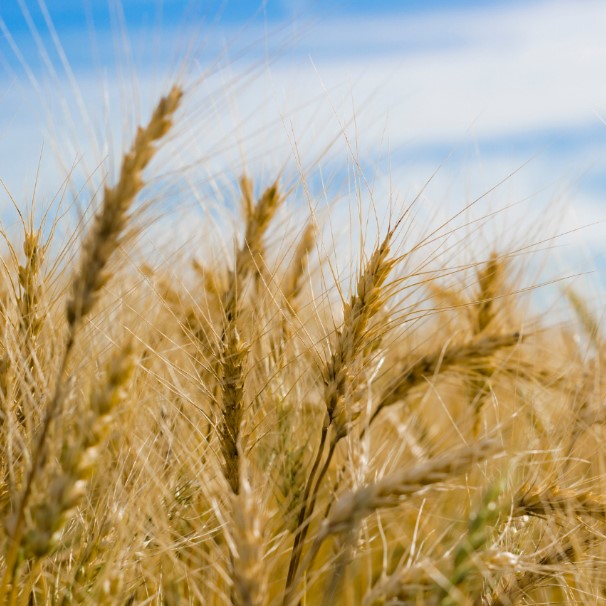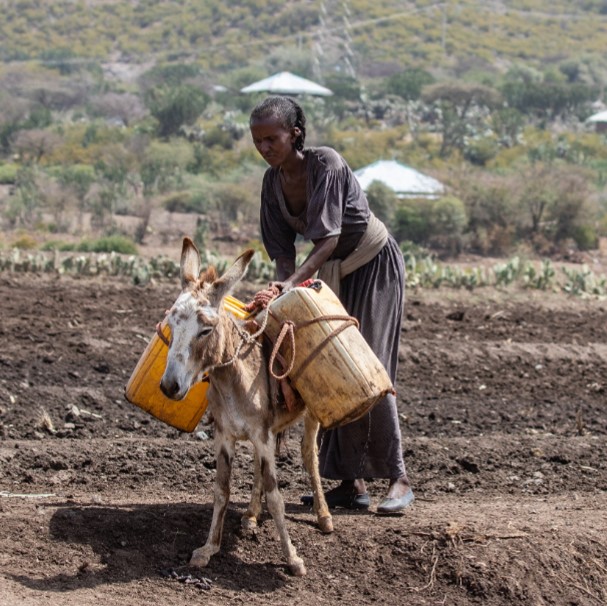For further insights on investing in Africa, please email Associate Tiffany Wognaih on [email protected].
The Russian invasion of Ukraine’s impact is far-reaching, having effects well beyond the Eurasian continent. Amid a backdrop of COVID-19 and climate change, the war is contributing to historic levels of global inflation, with food and energy prices reaching record highs in recent weeks. Both Russia and Ukraine are key exporters of wheat, natural gas, and foodstuffs – Russia is the largest exporter of natural gas, a key ingredient in fertiliser, and with Ukraine accounts for nearly 30 percent of global wheat exports. Reduced global supply and the closure of key shipping routes in the Black Sea has driven the price of wheat, natural gas, and foodstuffs up, with the cost of wheat having risen 67 percent since the start of this year. Concurrently, protectionism and panic-buying are also inflating prices. Wheat exporting countries like Argentina and Hungary are reluctant to increase exports while countries such as China are aggressively stockpiling.
Across Africa, the impact of these rising prices is extreme. No continent, on a proportional basis, spends more disposable income on food, while much of the continent’s proven gas reserves remain untapped. With the war ongoing, and no end in sight, Africa faces considerable challenges.
Russian and Ukrainian import dependency in Africa exacerbates inflation
Three essential goods are putting an upward pressure on food prices – wheat, fertiliser, and cooking oil. While maize is the most consumed cereal in Africa, wheat is a significant staple in many countries, particularly where urbanisation is high. Russia and Ukraine account for half of Africa’s wheat imports, with at least 34 African countries dependent on Ukraine and Russia for over 10 percent of their wheat supply. Egypt, for example – the world’s top importer of wheat – imports around 70 percent of its supply from Russia and Ukraine. The knock-on effect is reflected in the price of wheat-based foods such as bread – in Zimbabwe a loaf of bread costs USD 2, a 100 percent increase from January. As African countries face higher wheat prices, governments are looking for additional supply, further raising prices. They are also seeking wheat alternatives, spurring demand for other staples including maize, rice and barley, inflating the price of cereals across the board.

Fertiliser is also witnessing global shortages and historically high prices. Russia is both a top exporter of natural gas – a key input in fertiliser – and processed fertiliser. As gas prices rise, and the supply of Russian fertiliser on the market decreases, the price of fertiliser has skyrocketed. As farmers face increased agricultural production costs, the per unit price of food is becoming more expensive. Countries in eastern Africa are particularly dependent on fertiliser imports from Russia and Ukraine. In Zambia, where farmers are complaining that they cannot afford to grow food, protests have already occurred. Other countries, such as Tanzania, are planning on introducing fertiliser stabilisation funds, putting upward pressure on government budgets.
High prices for cooking oil are also adding to food costs. Ukraine produces up to 46 percent of the world’s sunflower-seed and safflower oil, making it the largest global exporter, while Russia exports 23 percent of the world’s supply. In a search for alternatives, the price of palm, soy, and rapeseed oil has gone up, prompting shortages in some regions where supply has been limited by labour shortages and an unfavourable climate. In Ghana, food inflation reached 22.4 percent year-on-year, driven by the high price of cooking oil and wheat.
Africa’s risk profile rises under pressure from rising food prices
Humanitarian risk
Global food inflation has heightened humanitarian risks in Africa, particularly the spectre of famine. Prior to the Russian invasion of Ukraine, Africa was already facing a food crisis owing to COVID-19 induced poverty and climate change, notably severe droughts last year. Between 2019 and 2022, for example, the number of people going hungry in West Africa quadrupled. The Horn of Africa is also facing severe food shortages due to the worst drought in four decades. With the added pressure of food inflation, an additional 13 million people in the Horn of Africa could encounter extreme hunger in the coming months.
In sub-Saharan Africa where 40 percent of people live on less than USD 1.9 a day, a small increase in the price of essential food leaves a significant percentage of the population struggling to eat. This challenge is compounded by the fact that even the World Food Programme (WFP) – the UN agency tasked with combating extreme hunger – depends on Ukraine for nine percent of its total food procurement, making Ukraine the single largest provider of food to the agency.
Economic risk
As governments tackle food inflation, many administrations are subsidising prices and incentivising the production of cereals, fertiliser, and cooking oils to keep prices low. For example, the Egyptian government fixed the import custom rate for basic commodities and the price of unsubsidised bread. This is in addition to existing subsidies and price caps for energy. While subsidies and price caps provide a temporary solution, they do not tackle the root of the problem, which is supply. These programmes put an upward pressure on state budgets which are already under strain due to COVID-19 expenditure and diminished tax receipts and exports revenues.
High global inflation is also prompting tighter monetary policy in developed nations. As the US federal reserve increases benchmark interest rates, the dollar strengths, often weakening developing countries’ currencies. A weakened currency decreases the amount of imported food a country can afford, while also increasing the cost of debt servicing. With this, African countries face a higher risk of economic crisis and at the extreme, sovereign default. While Zambia was the only country to default during the pandemic, future defaults for other countries cannot be ruled out in the coming months.
Political risk
It was only a decade ago that the Arab Spring caused political upheaval and protests through the Middle East and North Africa. Here, food inflation and shortages alongside joblessness and corruption, were the key drivers. In the past two years, Africa has faced the knock-on effects of COVID-19, waves of rising insecurity, public protests, and coups. Popular support for many governments across Africa has fallen, heightening the risk of further unrest. Adding severe food inflation into this already volatile mix will trigger further insecurity. When the average citizen can no longer afford to feed themselves or their families, government is quickly blamed as the source of the problem. While the war in Ukraine will not alone trigger instability, taken with other extenuating factors, food inflation may just be the spark that ignites further uprisings across the continent.
Long road ahead to stabilise food supply and costs
Global food inflation is hitting African populations hard. While domestic responses are ongoing, it is likely that African countries will not be able to weather this storm without a swift and adequate international policy response. The focus of the international community must broaden, encompassing the spill over effects of Russia’s invasion of Ukraine. The risks Africa faces must be recognised, with the continent at the front and centre of future global policy discussions.




